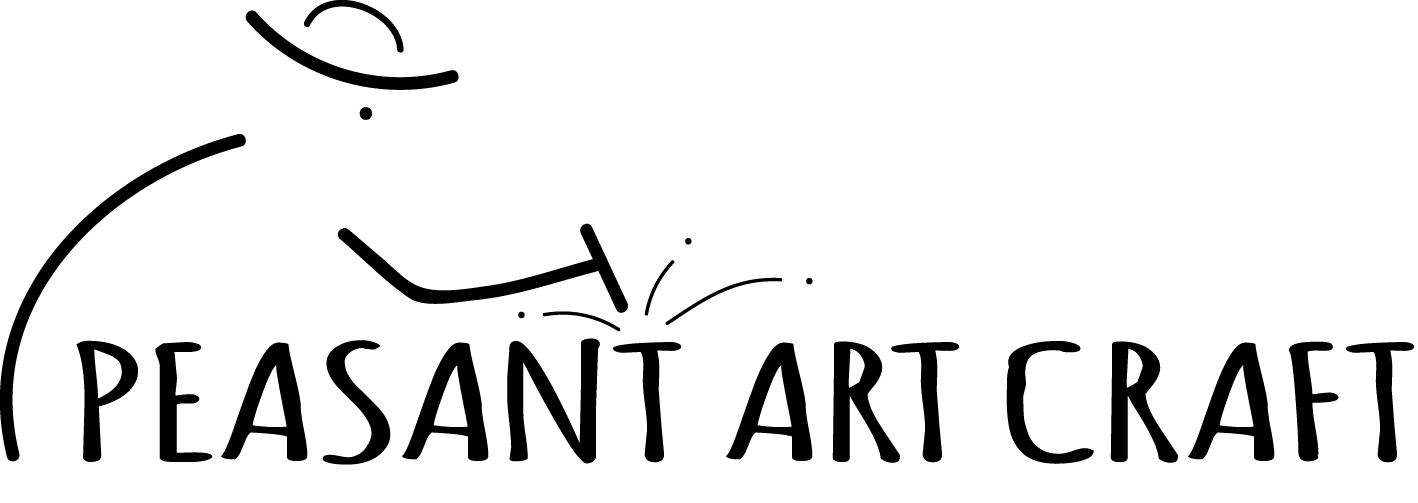This article features affiliate links, meaning we’ll earn a small commission if you purchase through these links. Please read our Privacy Policy for more details.

Old-style agriculture involving the use of natural meadows is an example of perfect interaction between man and nature, one where nature thrives while offering the basic requirements of life.
Hay making happens during summer, when the fields of the Romanian countryside are full of glorious wildflower meadows and haystacks.

Mowing and hay making, followed by grazing are traditional ways of maintaining wild meadows, reducing the height of the meadows while making important animal food provisions. Wild meadow management includes mowing with scythe, which is a common practice in Romania’s traditional farming. The meadows are mown at least three times in a single season, from June until August.
Traditional Farming in Romania: Mowing with Scythe
Tedding the hay after mowing is an important step in the hay making process. This allows a more even drying, by scattering the hay cuttings which initially lie like a blanket on the ground. The wildflower seeds contained will be scattered on the ground and establish new plants. On a sunny day, the morning cut hay is turned at noon to avoid bleaching and dry the underside and is put up in haystacks by evening. The hay is raked into rows, also known as windrows, which make it easier to gather.

The hay must be neither wet, causing the stack to rot or heat up and burn, nor bleached, having lost all nutrients, but rather having a pale green color and a smell of freshly dried hay. It should dry faster than the sun can bleach it. It is lifted by a pitchfork and piled around a pole. During the process of making a haystack, it is piled and combed with rakes, to insure rain waters run off the stack.
Affiliate links Garden Rake Heavy Duty Bow Rake Stainless Steel Handle Metal Rake for Lawn
Storing Hay – Making Haystacks in the Village of Iaslovat, Bucovina
Location: Village of Iaslovăț, Suceava County

Making haystacks is an art. Aside from the well-known haystacks, hay is stored in different structures, most of which are using handcrafted wooden frames, and fences.
Hay is piled on these frames. The results are having a striking form of goats (capre, caprite).

There is a possibility that the Romanian term for haystacks (căpiţe) took its name from căpriţe (little goats). Making hay is like having a treasure. Just ask these Romanian mountain men from North Carpathians. With breeding animals as their main occupation and animal food being so expensive, Vasile Cușmir and Ștefania explain that hay-making saves a fortune and is of absolute importance during cold winter days when animals are sheltered indoors. A haystack mixed with corn stalks ensures two weeks of food supply for one cow.

They make hay three times during summer season. They set up a couple of wooden hay frames, locally known as jirade, where it is stored for two weeks before loading hay into horse drawn vagons and moving it into hay shelters.
Hay Making in Summer – Drying and Storing Hay

Location: Village of Argel, Suceava County
Affiliate links Garden Weeding Tool Japanese Sickle Hand Hoe Sharp Edge Quick Trim
Gathering the mown grass not only benefits man but also helps wild meadows thrive by keeping the soil poor in nutrients. Mowing and hay making are examples of how a man can benefit from the wild while being eco-friendly.




Read Also Horse Hoeing Husbandry Traditional Weed Control Demonstration





















Leave a Comment